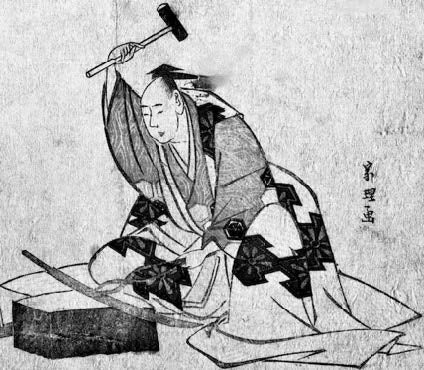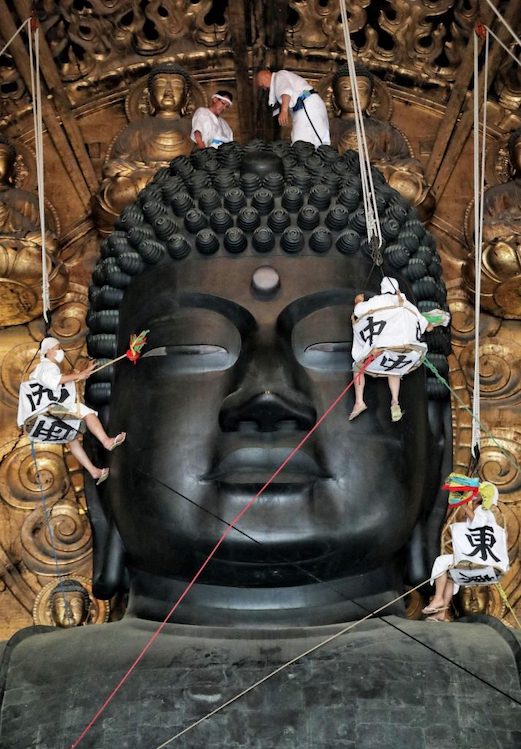Specialist craftsmen of Japan started to create their own appreciation of materials and objects, honing and perfecting the already traditions of Folk Art which were started by common people in their drive to make both functional and beautiful objects. At its roots, having the ability to “see”, too “envision”, is a vehicle for personal transformation, even though the beginning craftsmen had limited access to materials, and little knowledge of what was possible. It becomes easier to understand how deeply they would have connected to something as pleasing as their natural environment and supported by the arts of the common people.
Folk Arts slowly became refined, and were a major element in the improvement of one’s individual character that went beyond appreciating an art object. They became a path to improving oneself through the visualness that art and craft brings to one’s personal space and aesthetic awareness.

A major, and one of the oldest categories of the Arts and Crafts, was metalwork, particularly made famous in Kyoto, which involves an extraordinarily wide variety of techniques, among them, casting, forging, damascene work, and cloisonné, for which most of them are still being practiced in Kyoto today. One such technique famous in Kyoto is metal Inlay, (zogan), which is the generic term for the technique of inserting pieces of one or more materials into a base material, creating patterns of silver and gold, representing a multitude of motifs treasured during by all Japanese and people around the world.
After Japan opened its doors to the west at the end of the Meiji Restoration, (1920), and with the introduction of the Dutch East Indian Trading Company, foreigners were greatly attracted by the intricate, sumptuous beauty of Japanese metalwork. Whereas in the past, the craftsmen had applied their techniques to sword making and guards, they now applied them to accessories and personal effects. Elaborate bronze samurai warrior figures, (a favorite subject with Western clientele), were created, and during Japan’s feudal era, masks were already being worn by samurai to frighten their enemies, were used to express artistic and religious concepts, thus reflected in the society’s spiritual devotion to Buddhism.
Metal figures depicting artisans, performers, farmers, children in costume, Bijin, (beautiful women), as well as bronze wildlife, Tanuki, (badger), cranes, eagles, owls, roosters, and horses, were made along with numerous articulated aquatic creatures, such as crabs and lobsters to name a few. The most favored metalwork designs featured flora and landscape images of bamboo, cherry blossoms, Mount Fuji, and mythological subjects such as the Shi Shi, (lion dog), tigers, and dragons. These intricately designed items are not solely meant to serve as decorative props but also as three-dimensional forms that are deeply intertwined within Japanese history and artistic expressions.





